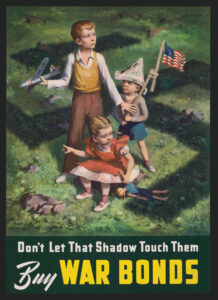The Other Half: The Life of Jacob Riis and the World of Immigrant America
Tom Buk-Swienty, translated by Annette Buk-Swienty, W.W. Norton & Company, 448 pp., $27.95
One night in the winter of 1887, a gunshot exploded in Mulberry Bend, a putrid maze of humanity in downtown Manhattan. The flash from the muzzle woke up the immigrant tenants packed like luggage in a seamy boat. It also lit up a troupe of amateur photographers, among them Jacob Riis, a police reporter who had made the slums his beat and eventually his crusade.
The shot was one of the first experiments in flash photography, using a pistol loaded with a mix of magnesium and gunpowder. It illuminated a world that was previously unknown even though it was steps away from sumptuous restaurants frequented by bankers and politicians and contained more than half of New York City’s population at the time. Up to that time, it was only read about in lurid accounts, many written by Riis himself.
The photographs, however, served to humanize the inhabitants in a way none of the stories did. Here were families, albeit with strange features and odd clothing, who were working hard to make a home in the New World. Pots on crooked shelves seem carefully placed on embroidered cloths, even if people are sleeping underneath them.
Made into a slideshow by Riis and eventually a book called How the Other Half Lives, the images were accompanied by sermonizing that urged fellow-feeling toward the aliens. It provided fuel for the diverse reform movement that was starting to challenge the widening gap between the castles of the Gilded Age barons and the nooks of their workers, as land was no longer limitless and Jeffersonian democracy gave way to runaway industrialization.
Riis himself regularly languished in the slums when he first arrived as part of the quarter of the Danish population who flooded into the country with 50 million other Europeans between 1870 and 1920. With jobs paying as little as a dollar a day, destitution was always just a week of unemployment away. He worked as a carpenter, mined coal, sold irons, tutored in farmhouses and even trapped muskrats for a while before he found his rhythm as a reporter for the New York Tribune.
As a kind of immigrant everyman stumbling toward the American Dream, Riis was both observer and specimen of the newcomer’s plight. It’s fitting then, that Buk-Swienty’s biography is half Bildungsroman and half compendium of clipped histories and profiles of reformers such as Henry George, Josephine Shaw, Felix Adler and Theodore Roosevelt, who, as New York police commissioner, became a lifelong friend of Riis and a partner in slum eradication.
With little theorizing or speculation, the book is a sturdy piece of no-frills craftsmanship, written as it is by a Danish historian. That, by the way, is the kind of ethnic stereotyping (“cat-clean Chinese”) that got Riis’ seminal works yanked from school curricula in the 1960s. Buk-Swienty does not shy away from his subject’s judgmental personality, averring that his contribution was not in eliminating prejudices but in illuminating common humanity. This modest stance spurred 19th-century reform; it could also reduce the stridency of modern social debates mired in identity politics.
Originally published in the December 2008 issue of American History. To subscribe, click here.




